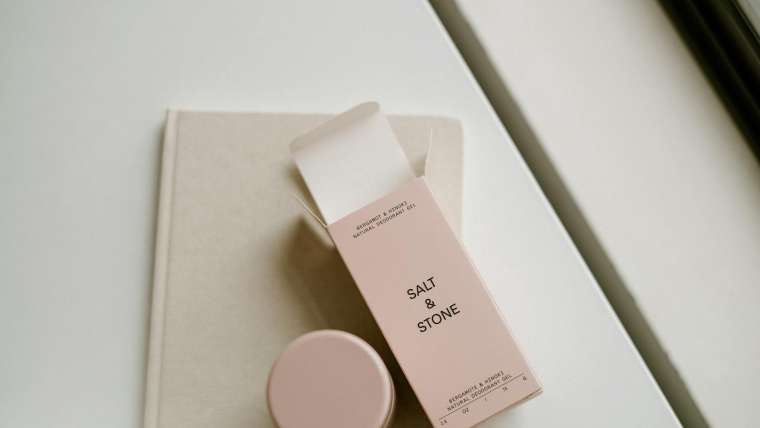Sick of the itch? Discover how to banish yeast infections for good with our comprehensive guide to treatment and prevention.
Table of Contents
Yeast infections can be incredibly uncomfortable and disruptive to daily life. Whether you’re dealing with your first yeast infection or struggling with recurrent episodes, it’s important to understand how to treat and prevent this common condition. In this comprehensive guide, we’ll explore the causes of yeast infections, treatment options, and preventative measures to help you banish the itch for good.
Causes of Yeast Infections
Yeast infections are typically caused by an overgrowth of Candida, a type of fungus that naturally lives in the body. The imbalance of this fungus can be triggered by various factors, including:
- Poor hygiene habits
- Antibiotic use
- Weakened immune system
- High sugar diet
Understanding these potential causes can help you identify and address the root of your yeast infection.
Treatment Options
When it comes to treating a yeast infection, there are several options available. Over-the-counter antifungal creams and suppositories are commonly used to relieve symptoms and eliminate the infection. Prescription oral medications may also be prescribed for more severe cases. It’s essential to follow the recommended treatment course and consult with a healthcare provider if symptoms persist or worsen.
Home Remedies
In addition to conventional treatments, there are also several home remedies that can help alleviate symptoms and support the healing process. Some popular home remedies for yeast infections include:
- Applying yogurt topically
- Using coconut oil as a natural antifungal
- Adding garlic to your diet for its antifungal properties
While home remedies can be effective for some individuals, it’s essential to consult with a healthcare provider before trying any alternative treatments.
Preventative Measures
Prevention is key when it comes to managing yeast infections and reducing the risk of recurrence. Some preventative measures to consider include:
| Topic | Description |
|---|---|
| Treating Yeast Infections | 1. Over-the-counter antifungal creams 2. Prescription antifungal medication 3. Natural remedies like yogurt or tea tree oil |
| Preventing Yeast Infections | 1. Keep the genital area clean and dry 2. Avoid douching and using scented products 3. Wear breathable cotton underwear |
| When to See a Doctor | 1. Persistent symptoms despite treatment 2. Recurrent yeast infections 3. Severe itching, burning, or pain |
- Maintaining good hygiene practices, including wearing breathable underwear
- Avoiding douching and harsh soaps in the genital area
- Eating a balanced diet low in sugar and high in probiotics
- Managing stress levels to support a healthy immune system
By incorporating these preventative measures into your daily routine, you can help minimize the likelihood of experiencing another yeast infection.
Conclusion
Yeast infections can be uncomfortable and frustrating, but with the right knowledge and approach, you can effectively treat and prevent this common condition. By understanding the causes, exploring treatment options, and implementing preventative measures, you can banish the itch and enjoy improved vaginal health. Remember to consult with a healthcare provider for personalized advice and guidance tailored to your specific needs.
Can yeast infections be passed on through sexual contact?
Yes, yeast infections can be transmitted through sexual activity, although it’s not classified as a sexually transmitted infection. Both partners should be treated to prevent re-infection.
How long does it take to treat a yeast infection?
The duration of treatment for a yeast infection can vary depending on the severity of the infection and the chosen treatment method. Generally, symptoms improve within a few days to a week of starting treatment.
Are yeast infections more common in certain demographics?
Hormonal changes, pregnancy, diabetes, and compromised immune systems can increase the risk of yeast infections in certain demographics. Women, especially those taking antibiotics or birth control pills, are more susceptible to yeast infections.
What are the best clothing choices to prevent yeast infections?
Breathable cotton underwear, loose-fitting clothing, and avoiding tight synthetic fabrics can help prevent yeast infections by promoting airflow and reducing moisture in the genital area. Opt for breathable materials to maintain vaginal health and prevent yeast overgrowth.





